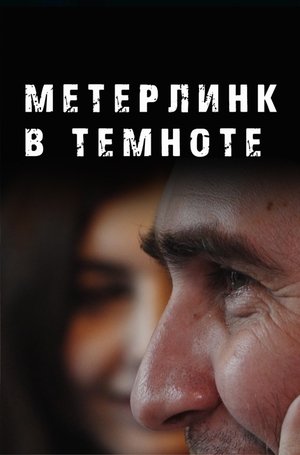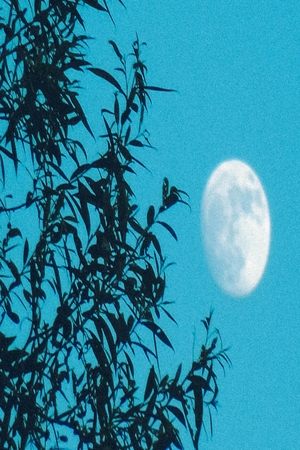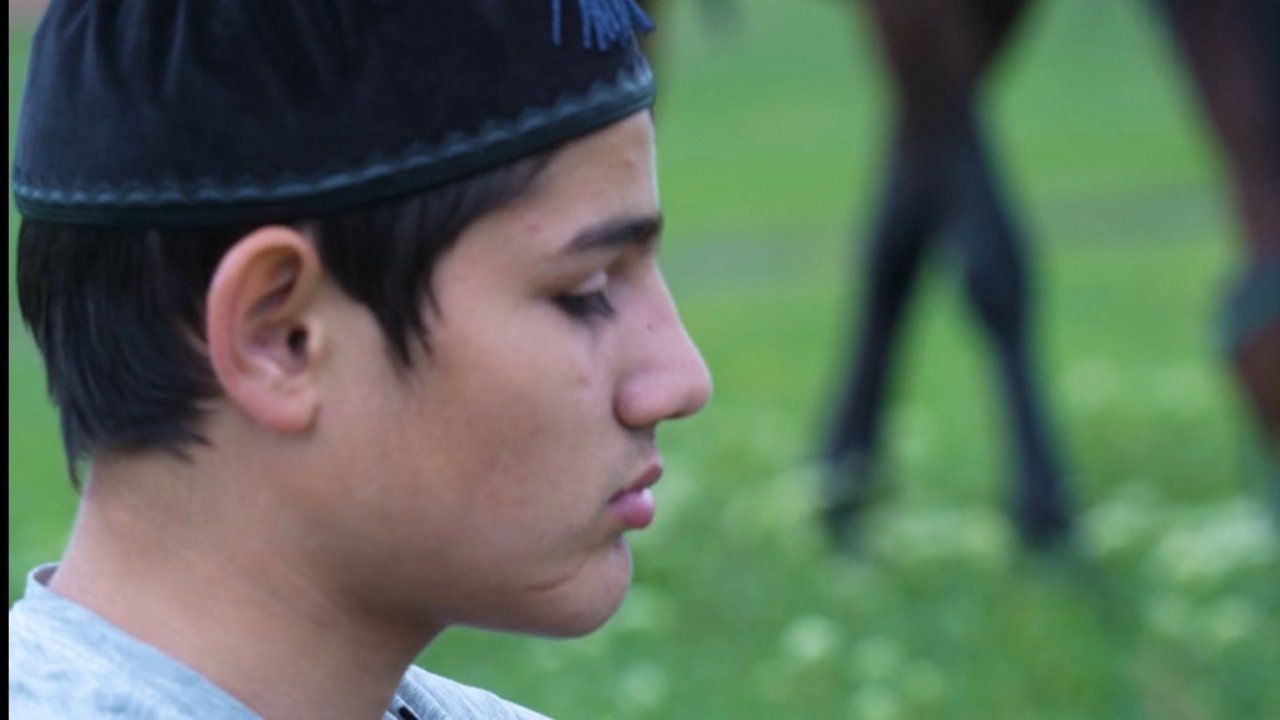
Maeterlinck in the dark(2023)
The story of a boy who suddenly lost his sight as a result of cancer. He has a hard time getting along with new people and spends all his time with horses. One day, the chairman of the local society of the blind calls him and offers him the main role in a play based on Maeterlinck’s play “The Blind,” where all the roles are played by blind people, and the play takes place in the forest.
Movie: Maeterlinck in the dark
Top 10 Billed Cast
Self
Self
Self
Self
Self
Self
Self
Self
Self
Video Trailer Maeterlinck in the dark
Similar Movies
 1.0
1.0Halloweenie(en)
A ridiculous mini-doc about Bill Daughton and his creation of a six-foot penis costume at the Halloween Parade in Greenwich Village, New York. See Daughton dressed up in the giant penis costume, walking around campus, catching the subway, and chatting with people about the costume on his way to the Halloween Parade. (Oddball Films)
 0.0
0.0Red Girl Rising(en)
Joyce Jonathan Crone—Mohawk matriarch, retired teacher, activist, humanitarian—reaches forward into her community of Huntsville, Ontario, opening hearts and bridging gaps for Indigenous education.
 0.0
0.0Becoming Ruby(en)
Follow Ruby Chopstix, Canada’s first drag artist-in-residence, as they navigate the complexity of being an underrepresented drag performer while creating a special showcase to create space for other queer BIPOC performers.
Starring Sigmund Freud(en)
Starring Sigmund Freud is a video memento for Sigmund Freud's little-known film career. Based on an essay John Menick published in Frieze in 2011, the video collects the dozens of appearances that the character of Sigmund Freud has made on small and big screens. After the 1950s, when pill vials replaced analytic couches, the father of psychoanalysis found a second career impersonating himself in everything from a John Huston clunker to a Star Trek episode. The video suggests that maybe it is in front of the camera, alongside surgically enhanced starlets and CGI chimeras, that “Herr Doktor” will find his final resting place. This video was produced by the Kadist Foundation and commissioned by dOCUMENTA (13).
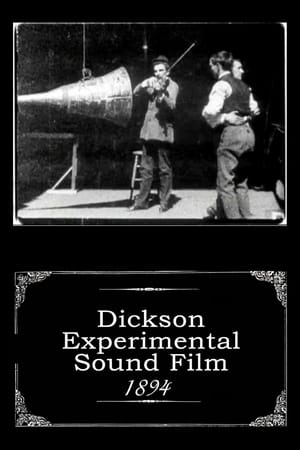 6.1
6.1Dickson Experimental Sound Film(en)
William K.L. Dickson plays the violin while two men dance. This is the oldest surviving sound film where sound is recorded on the phonograph.
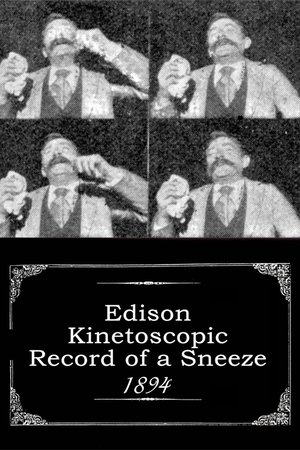 4.9
4.9Edison Kinetoscopic Record of a Sneeze(xx)
A man (Thomas Edison's assistant) takes a pinch of snuff and sneezes. This is one of the earliest Thomas Edison films and was the second motion picture to be copyrighted in the United States.
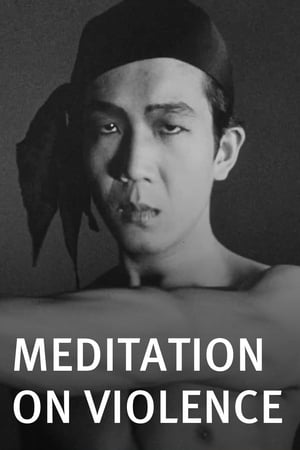 5.5
5.5Meditation on Violence(en)
Chao-Li Chi shadow boxes indoors and practices with a sword outdoors. Theoretically, the film describes in a single continuous movement three degrees of traditional Chinese boxing, Wu-tang, Shao-lin, and Shao-lin with a sword. A long sequence of the ballet-like, sinuous Wu-tang becomes the more erratic Shao-lin; in the middle, there is an abrupt change to leaping sword movements, in the center of which, at the apogee of the leap, there is a long held freeze-frame.
Cavalcade of Archery(en)
This short tells the story of archery through the ages, mostly using Warner Brothers archive footage. Noted archer Howard Hill demonstrates his skills with various trick shots.
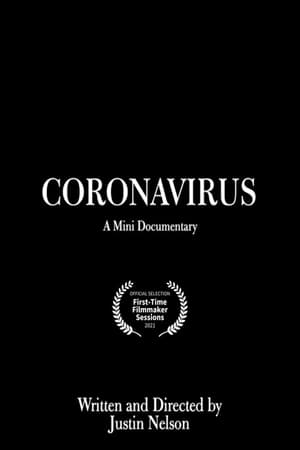 0.0
0.0Coronavirus(en)
Struggling with fear, tension, and anxiety amid the early stages of the COVID-19 pandemic, a high school student reflects upon what really matters.
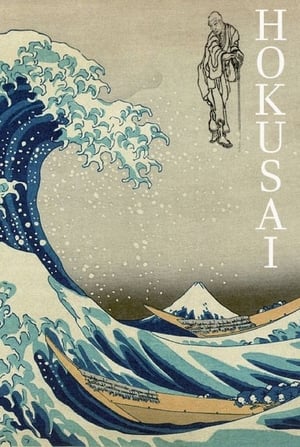 6.3
6.3Hokusai(ja)
A documentary about the life and art of wood-block artist Katsushika Hokusai.
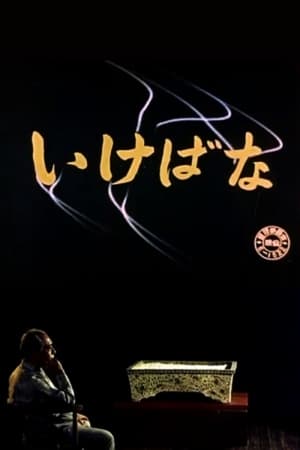 6.4
6.4Ikebana(ja)
The history and art of ikebana, a centuries old Japanese art of flower arrangement and a look inside the Sogetsu School of Ikebana, where the director's father Sofu Teshigahara worked as the grand master of the school.
Valley Girl: In Conversation - Nicolas Cage And Martha Coolidge(en)
Actor Nicolas Cage and director Martha Coolidge sit down to discuss their wok on the 1983 film "Valley Girl."
Cruise of the Zaca(en)
Actor Errol Flynn takes a group of scientists from the California Institute of Oceanography on an expedition to the South Seas aboard his schooner, The Zaca.
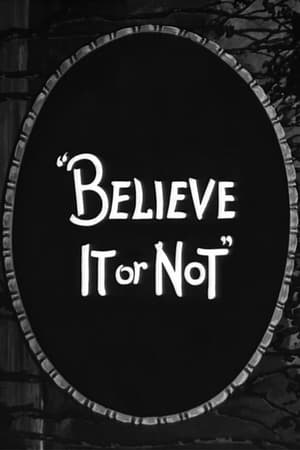 5.0
5.0Believe It or Not (Second Series) #5(en)
Robert Ripley shows a pretty blond a shrunken head and an iron execution chamber. Vitaphone No. 1336.
 5.0
5.0Believe It or Not (Second Series) #7(en)
Robert Ripley gives a show aboard a luxury liner at sea, starting with drawings discussing the origin of the "fathom" and Christopher Columbus being banished from America. Vitaphone No. 1361.
 5.0
5.0Believe It or Not (Second Series) #9(en)
In this short film, Robert L. Ripley introduces narrator Leo Donnelly who presents various "Believe It or Not" oddities from around the world as gathered by Ripley. Segments include a NYC clothier that caters to very large men and circus elephant grooming. Vitaphone No. 1363.
 5.0
5.0Believe It or Not (Second Series) #10(en)
This omnibus of film clips include a Savanna golf course made from Civil War trenches, wooden Indians used ourside cigar stores, an American Indian artist from South Dakota who paints upside down, the smallest residence house, a Bronx River statue with mysterious Civil War origins, the Ocean Grove community in New Jersey that closes on Sundays and a futuristic automated parking garage. Vitaphone No. 1364.
 4.0
4.0I Married a Munchkin(en)
Chesterton, Indiana's annual WIZARD OF OZ parade (as well as their many Oz-themed festivities) provides the backdrop for I MARRIED A MUNCHKIN, Tom Palazzolo's study of the life and career of Mary Ellen St. Aubin. Self-described as "normal, but little," Mary Ellen details her early start in show business as a performer in an all-dwarf vaudeville act, her brief appearance in 1946's THREE WISE FOOLS, her 1948 marriage to former Munchkin Parnell St. Aubin and their subsequent retirement from entertainment to run a bar (called the Midget Club) in the South Side of Chicago. Two other former Munchkins (Margaret Pellegrini and Clarence Swensen) briefly appear among the day's revelry. Also included is a postscript (shot some time after the initial film) featuring Mary Ellen briefly describing the original size of her role in THREE WISE FOOLS, which originally featured a line and an ill-fated "flying" effect. - Tom Fritsche
 8.0
8.0Dom Pérignon x Lady Gaga: The Labor of Creation(en)
Dom Pérignon and Lady Gaga celebrate the devotion to the inspiring, uplifting labor of creation. Because creation requires time to elevate and transcend.
